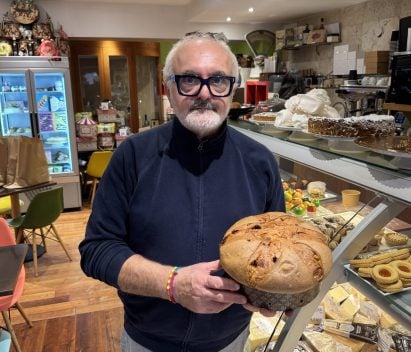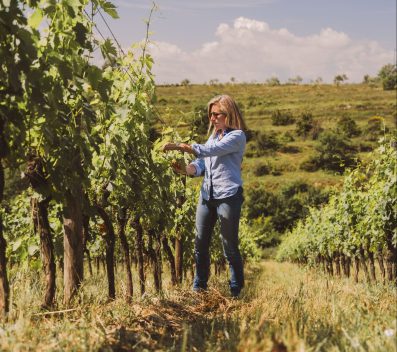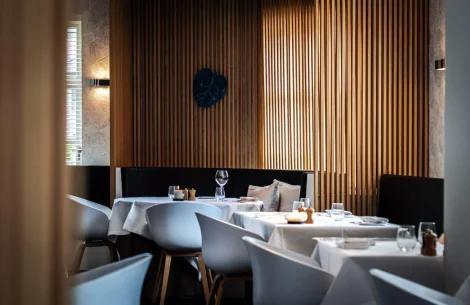by Carlotta Sanviti
The grape harvest in Veneto is approaching, and as reported by Corriere Veneto, the region is gearing up for a season marked by the challenges of climate change. In Valpolicella, vines are being grown using the pergola method, where grapevines are trained under a canopy of leaves to protect them from excessive heat. Meanwhile, in the Euganean Hills, high-altitude reservoirs are being studied to ensure irrigation during drought periods. The harvest is starting 3-5 days earlier than usual. Operations have already begun for early grape varieties like Pinot and Chardonnay, while for Glera—which is expected to see a 20% increase in production—the harvest will begin on September 10. For Merlot, Corvina, and Garganega, the harvest dates are September 12, 18, and 25, respectively. The final harvest estimate predicts a grape production between 13.3 and 14.2 million quintals, with variations compared to last year.
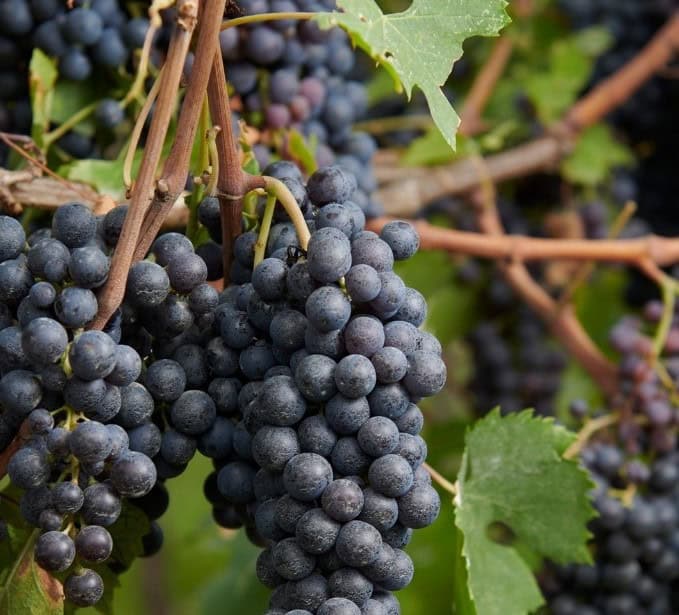
The vineyard revolution
Glera grape varieties are showing surprising resilience to heat, a sign of epigenetic adaptations that allow them to thrive despite the high temperatures this summer. Diego Tomasi, director of the Consorzio di Tutela del Conegliano Valdobbiadene Prosecco DOCG, explained to Corriere Veneto that "fifty years ago, our vineyards would have died in this heat. However, epigenetic changes have been observed, allowing the grapes to tolerate climate change. In 2005, with these temperatures, growth would stop; now, it continues." This adaptation is crucial to ensuring the quality of the grapes destined for Prosecco production, a wine that represents a significant part of Veneto's wine economy.
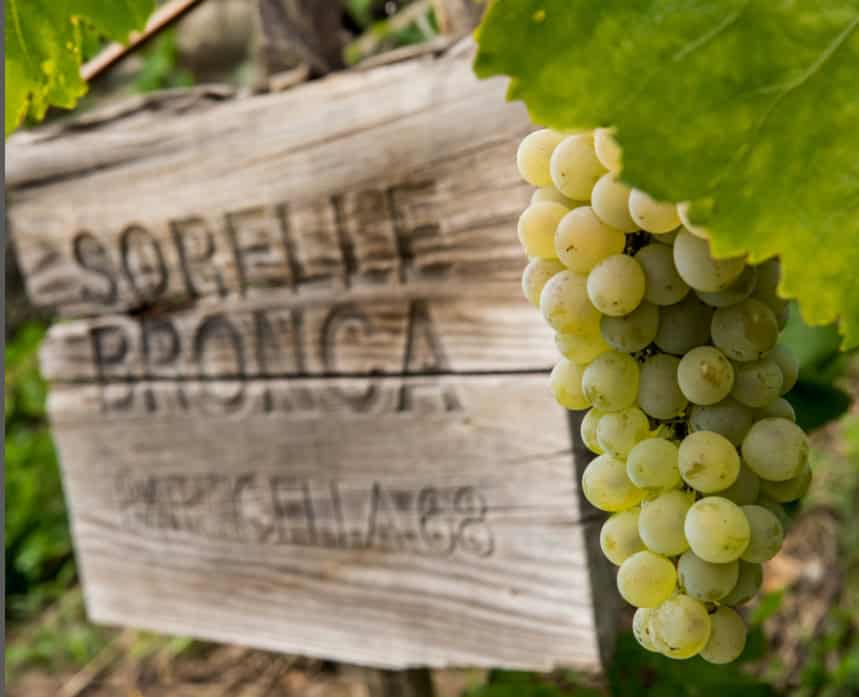
Antonella Bronca of the Sorelle Bronca winery, in the Colbertardo area of Treviso, states that in the "rive" area, where Glera vineyards are situated on very steep slopes (with an incline reaching 70-80%), the harvest will be brought forward by about a week or less "because the acidity of the grapes is dropping quickly." On Monday, September 2, the company will begin harvesting Manzoni and Pinot Bianco for their still wines, and "if it rains in the coming days, we might wait a few more days for the Glera." For now, the quality of the grapes in the Sorelle Bronca vineyards remains optimal, thanks to the abundant spring rains.
Technical innovations
Technological and agronomic innovations are playing a key role in the future of Veneto viticulture. In Valpolicella, where temperature is a critical factor, 75% of the vineyards have been planted using the pergola method to protect the grapes from excessive heat. Christian Marchesini, president of the Consorzio Tutela Vini Valpolicella, explained to Corriere Veneto that "shade helps the grapes." Meanwhile, in the Euganean Hills, innovative water management solutions are being studied, such as the creation of high-altitude reservoirs to collect excess rainwater and use it during drought periods. Gianluca Carraro, president of the Consorzio Tutela Colli Euganei, confirms that "with a project costing just over a million euros, we could store excess rainwater and irrigate about eighty hectares during drought periods." However, climate challenges also require significant changes in grape drying techniques: in Valpolicella wineries, for example, solar panels are being installed to cool drying rooms, improving the drying process.
In the Verona area, the temperature fluctuations at the end of April damaged many valley-bottom vineyards and plains areas, negatively impacting white grape varieties, which will see a 10%-20% drop in production. This year, climate change will also influence grape prices and create tensions in the Prosecco market. Recently, the Treviso Chamber of Commerce announced that grape prices are falling: DOC Prosecco is priced between €1.07 and €1.13 per kilo, DOCG Conegliano and Valdobbiadene between €1.45 and €1.55, and DOCG Asolo between €1.3 and €1.4 per kilo.

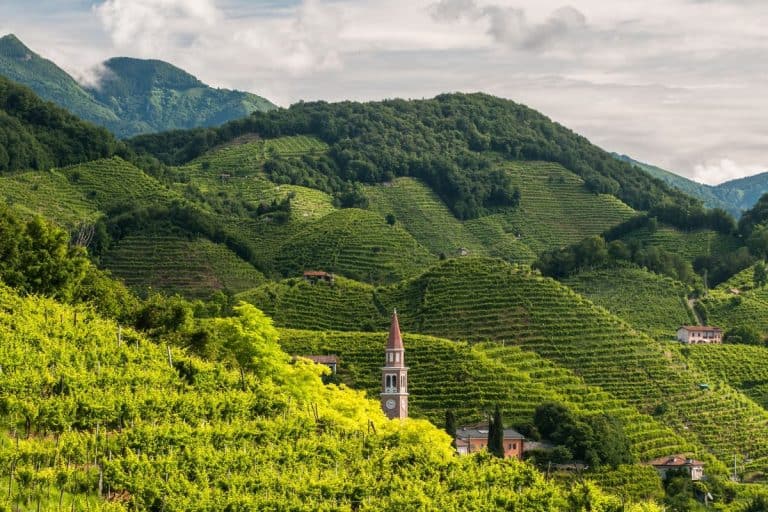
 2025 was the year of Trump's tariffs – will 2026 be better for Italian wine in the US?
2025 was the year of Trump's tariffs – will 2026 be better for Italian wine in the US?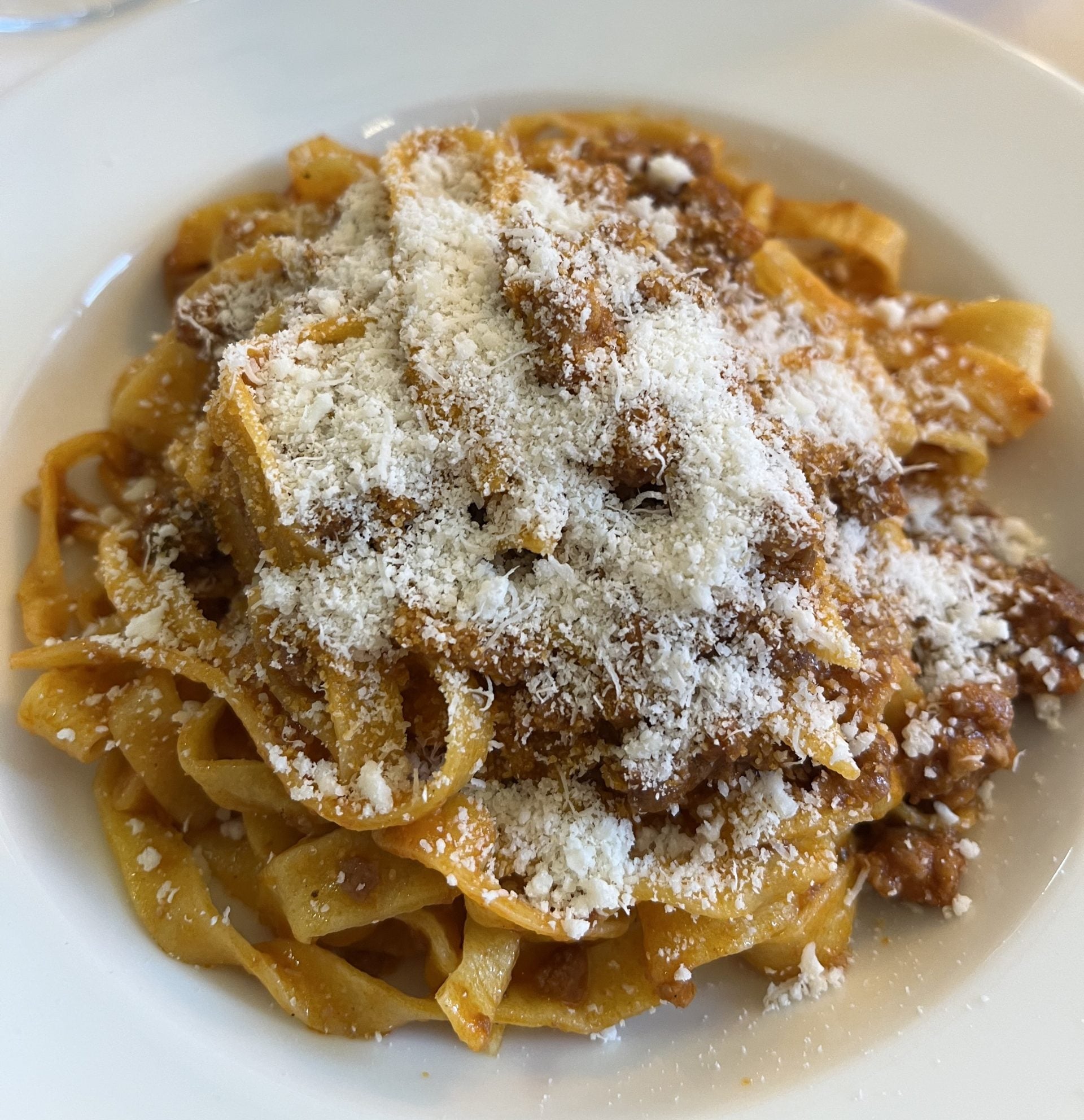 Italian cuisine recognised by UNESCO
Italian cuisine recognised by UNESCO Where is English sparkling wine going?
Where is English sparkling wine going?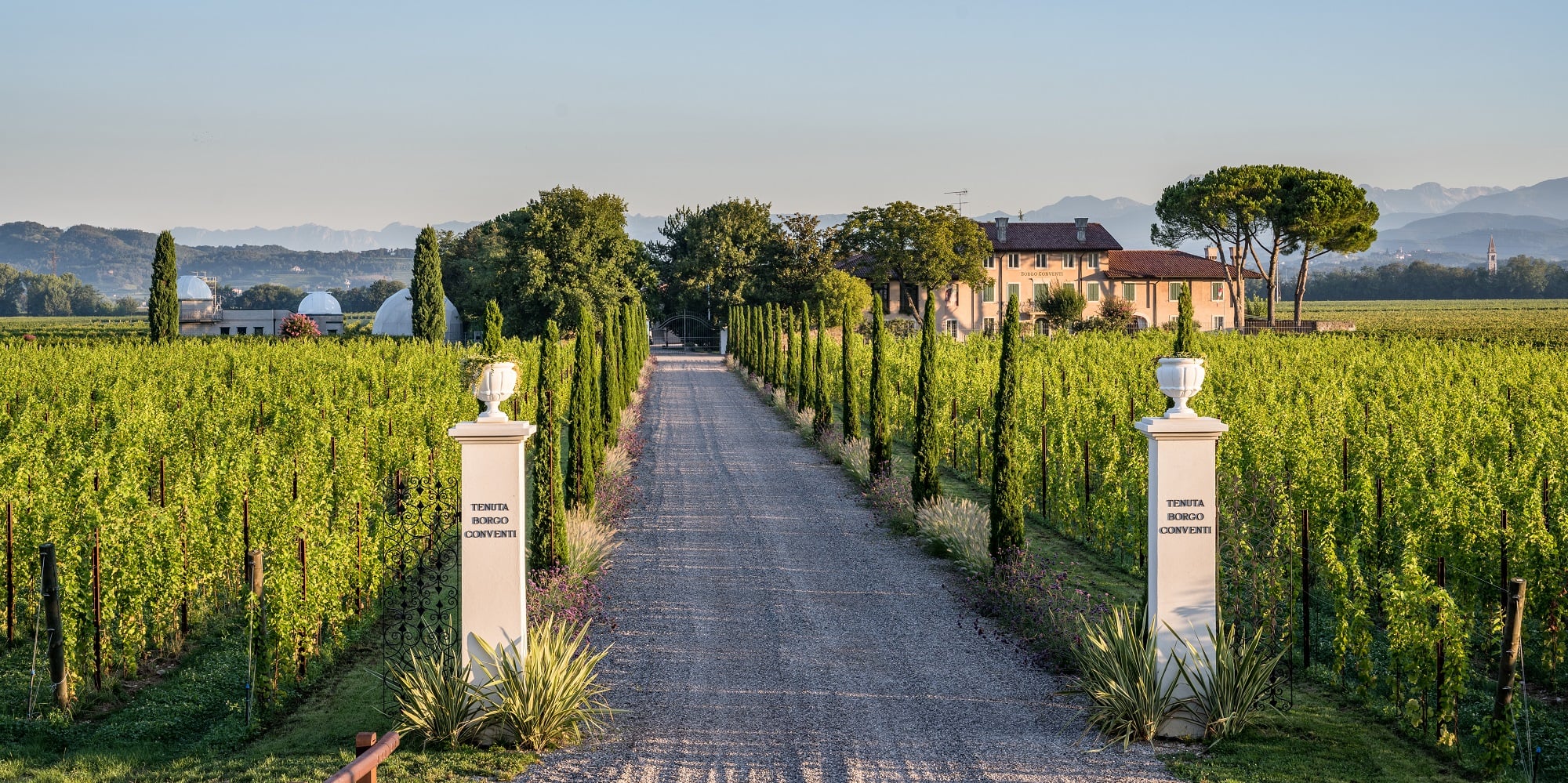 Why Borgo Conventi's Luna di Ponca should be on your radar
Why Borgo Conventi's Luna di Ponca should be on your radar Why Parmigiano Reggiano is about to become a Hollywood star
Why Parmigiano Reggiano is about to become a Hollywood star